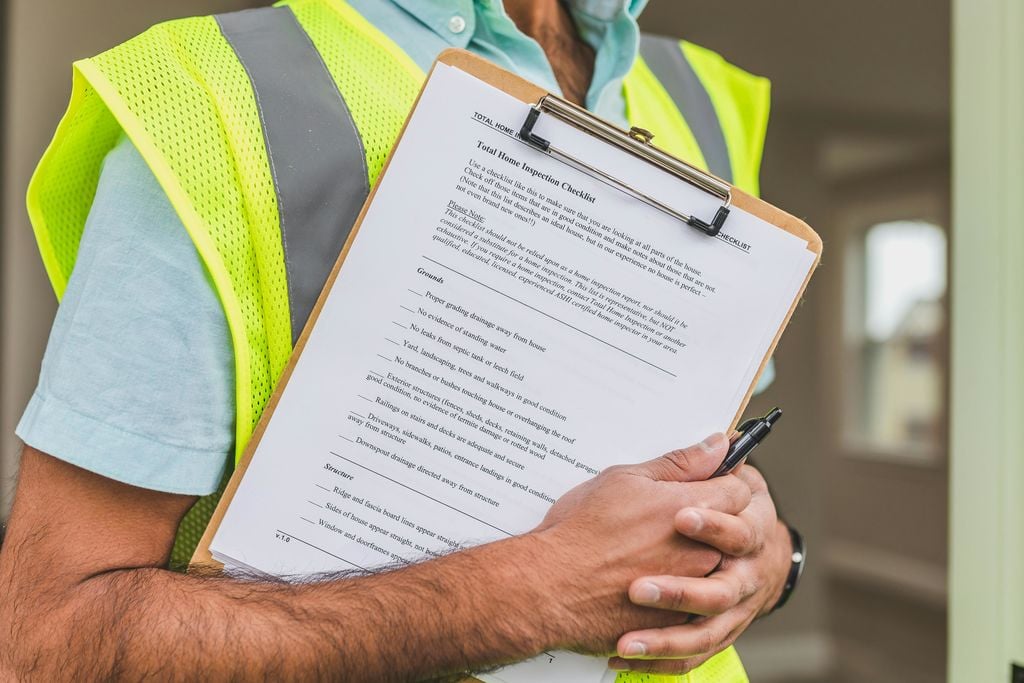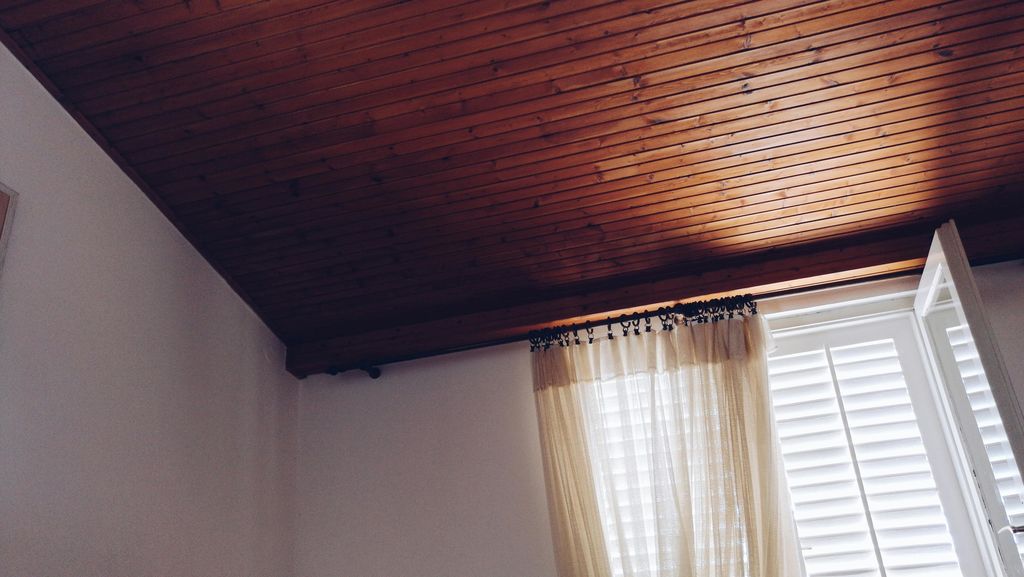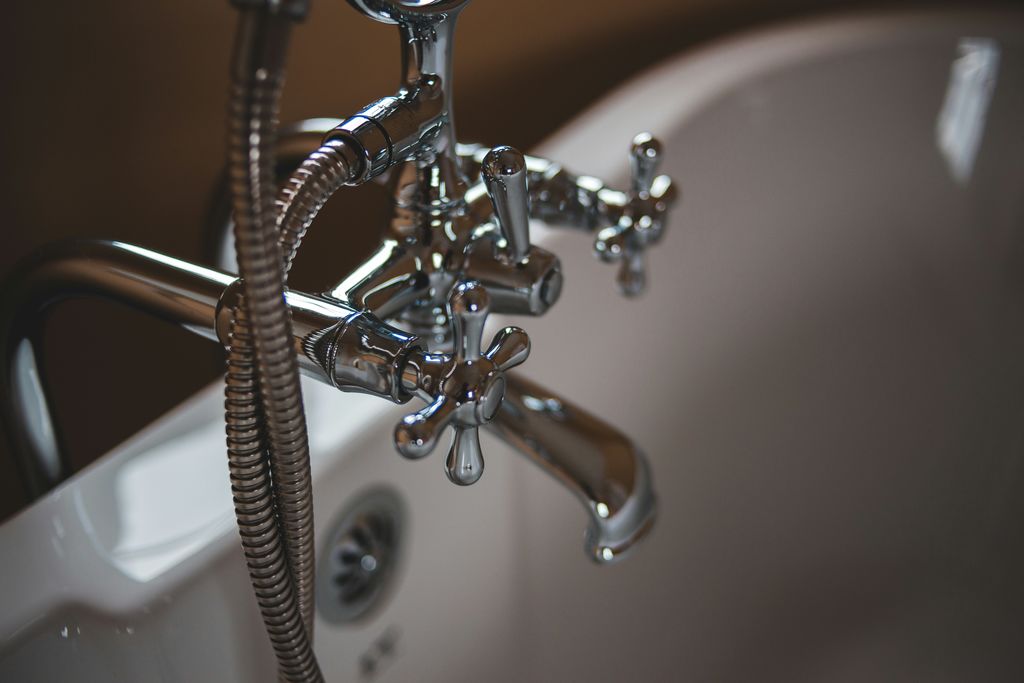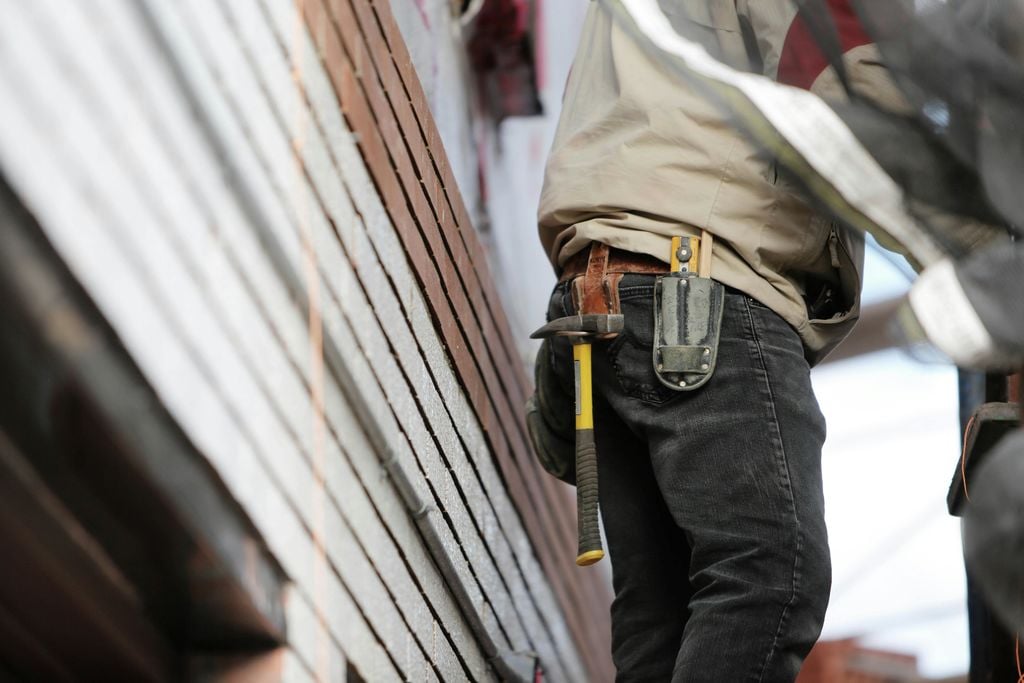
A home inspection is a crucial step in the homebuying process, providing buyers with valuable insights into the condition of the property and potential issues that may need attention. Whether you’re a first-time homebuyer or a seasoned investor, conducting a thorough home inspection is essential for making informed decisions and avoiding costly surprises down the road. Here, I’ll share insider tips and expert advice for conducting a comprehensive home inspection that leaves no stone unturned.
#1 Start with the Exterior
Begin your home inspection by examining the exterior of the property, paying close attention to the roof, siding, foundation, and landscaping. Look for signs of damage, such as missing shingles, cracks in the foundation, or overgrown vegetation that may pose a threat to the home’s structural integrity. Check for proper drainage and grading to ensure water flows away from the foundation, preventing moisture-related issues.

#2 Inspect the Interior
Once you’ve assessed the exterior, move indoors to inspect the interior of the home. Start with the basement or crawl space, checking for signs of water intrusion, mold, or pest infestation. Examine the walls, floors, and ceilings for cracks, stains, or signs of structural damage. Test doors and windows to ensure they open and close properly, and inspect electrical outlets, switches, and light fixtures for any issues.

#3 Evaluate Mechanical Systems
Assess the functionality of the home’s mechanical systems, including heating, cooling, plumbing, and electrical systems. Turn on the HVAC system to check for proper operation and listen for any unusual noises. Test faucets, toilets, and showers to ensure they function correctly and check for leaks or water pressure issues. Inspect the electrical panel and wiring for any signs of damage or outdated components that may need upgrading.

#4 Document Findings
As you conduct your home inspection, document your findings and take detailed notes and photographs of any issues or areas of concern. This documentation will serve as a valuable reference for further evaluation and negotiation with the seller. Consider creating a checklist or using a home inspection app to ensure you cover all aspects of the property and don’t overlook any potential problems.

#5 Seek Professional Assistance
While conducting a DIY home inspection can provide valuable insights, it’s essential to know when to seek professional assistance. If you encounter issues that are beyond your expertise or require further evaluation, don’t hesitate to hire a qualified home inspector or contractor to assess the property thoroughly. A professional inspection can uncover hidden problems and provide peace of mind knowing that your investment is sound.

Conducting a thorough home inspection is a critical step in the homebuying process, allowing buyers to identify potential issues and make informed decisions about their investment. By following these insider tips—starting with the exterior, inspecting the interior, evaluating mechanical systems, documenting findings, and seeking professional assistance—you can ensure a comprehensive inspection that leaves no stone unturned. Remember, investing time and effort into a thorough home inspection can save you time, money, and headaches in the long run, providing peace of mind knowing that your new home is in good condition.
